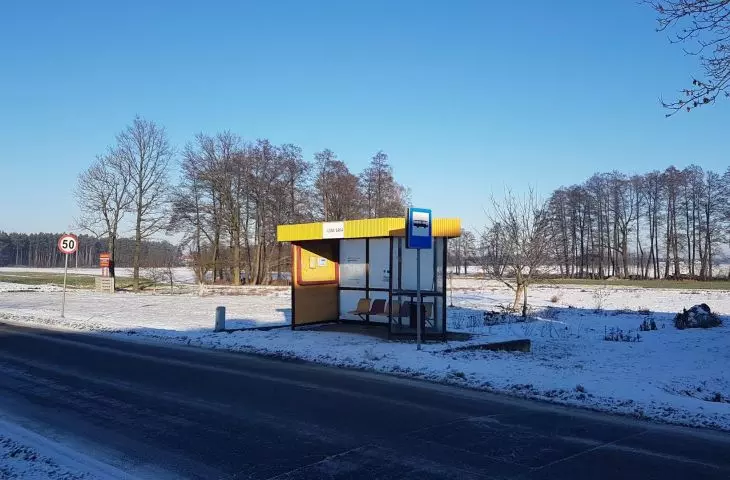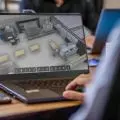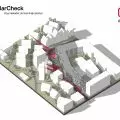Several million Poles do not have access to public transportation, alarms the Society for Transportation Economics. And shows the latest map illustrating the scale and scope of transportation exclusion. Meanwhile, it is efficient public transportation that can most quickly mitigate the effects of the planning and investment mistakes of the last thirty years.
Poland's spatial chaos will be difficult to fix over the next several decades with hard investment measures. Cities are already sprawling, scattered patchwork development is progressing, erroneous planning or administrative decisions perpetuated in brick or concrete will be visible and felt in the Polish landscape for decades. Only some mistakes can be remedied as such, by skillfully mending the fabric of cities or villages. Many places can no longer be saved this way, or there simply won't be the money for it. One of the simpler and more feasible ways to alleviate the chaos is to sensibly connect the scattered and isolated fragments of development using well-organized mass transportation.
Meanwhile, the latest data on transportation exclusion still sounds pretty bad. A new analysis was made by the Society for Transportation Economics (SET). Its conclusions are published by the transportpubliczny.pl portal - also in the form of a communicative map. In cooperation with Dr. Ariel Ciechanski of the Polish Academy of Sciences, both rail lines decommissioned over the past thirty years and areas formerly served by defunct local PKSs (closed in the past two decades) have been compiled on it.
Map showing the scale of transportation exclusion according to the Association for Transportation Economics
Source: Association of Transport Economics / transport-public.pl
Pawel Rydzynski, chairman of SET, comments on the transport portal:
20 percent of towns and cities in Poland are not reached by public transportation. The second as many have it to a minimal extent (single courses only on school days). Access to public transportation does not really exist for several million Poles.
what does public transportation have to do with the chaos?
Seemingly, the lack of public transportation should not affect the quality of space. After all, regardless of whether a village is reached by bus or train, the layout and appearance of buildings will remain the same. But residents' subjective perception of their surroundings will already be completely different. We negatively perceive a space in which we do not feel confident and encounter obstacles. Meanwhile, the lack of good communication is an invisible barrier for anyone who doesn't get around by car, or a cause of stress or excessive expense for those who have had to get behind the wheel against their will or aptitude. What's bad, moreover, is not only the lack of communication, but also a flawed version of it. One, up to two connections a day is a guaranteed sense of insecurity and stress , and the resulting negative feelings about the neighborhood you live in.
So what are the prospects? Rydzinski notes that we have bounced off the bottom in the field of regional rail. However, regional bus transportation is just on it:
Being honest, one has to admit that the map is incomplete anyway... For the districts cover only the main headquarters of the liquidated PKSs. Many of them also had field outposts, so in fact there should be more districts. It should be remembered that many existing bus companies have significantly reduced their route network. Since 1989, nationwide, the regional bus network has shrunk by about 85-90 percent. So in fact, Poland could be one big district.
Local governments don't want the money?
To make the picture not so bleak, Rydzynski enumerates exceptions: agglomerations (and other cities with extensive public transportation systems), areas with active railroad lines (as long as the offer is sensible: at least 7, 8 pairs of trains a day) and single examples of a well-developed network of regional bus services (for example, Grodziskie Przewozy Autobusowe, PKS Slupsk or PKS Gdynia). Rydzynski sees an improvement in the operation of the Bus Transportation Development Fund (created in 2019), although he complains that local government officials are reluctant to tap this money. He points out that this year the use of FRPA funds reached only 70 percent. It is also worth mentioning that some small centers have recently invested in organizing public transportation, which is not covered by FRPA grants. However, only a systemic nationwide action is able to change the situation in a significant way.

















